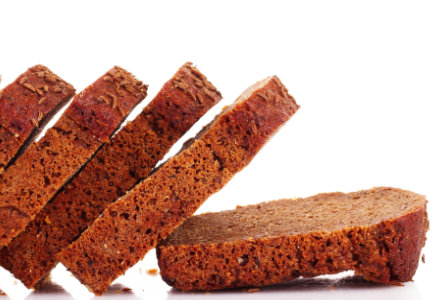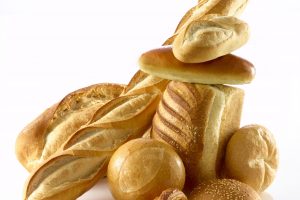New ways enzymes can improve whole wheat bread
SAN DIEGO — With consumers consistently concerned about health when it comes to their food, whole wheat and whole grain continue to gain traction among consumers as healthy bread products. However, whole wheat and whole grain flours continue to pose processing challenges and finished product attributes that leave something to be desired. That was the crux of research presented by Lisbeth Kalum, Novozymes, at Cereals 17, AACC International’s annual meeting, held Oct. 8-11 in San Diego.
Whole wheat flour has an impact on volume, texture and sensory characteristics such as color and flavor. Milling techniques and other ingredients can help minimize these effects, but a new way of using enzymes could provide another solution. While enzymes can be added directly to straight dough to improve volume, texture and sensory characteristics in whole wheat bread, there are limits, Ms. Kalum explained.
“You can only add so much enzyme to the dough before you have adverse effects like stickiness,†she said. “That prompted us to look for a better way.â€
Ms. Kalum created a bran-sponge with bran, water and enzymes soaked for one to three hours. A dough made with this sponge improved volume in the finished product as well as texture, compared to doughs made by adding enzymes directly to straight dough.
“Bran-sponge dough is a new way of introducing enzymes in whole wheat bread,†Ms. Kalum said.



